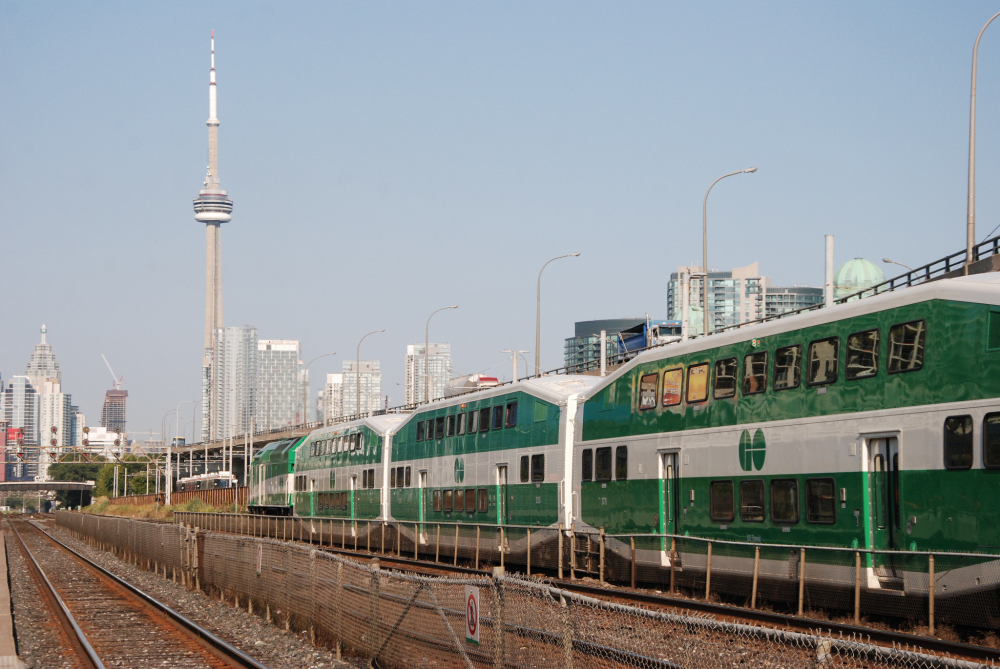The Pembina Institute is pleased to be part of the release of a new report that sheds light on the way in which rapid transit is funded in the Greater Toronto and Hamilton Area (GTHA). But there’s good news and bad news.
The good news is that $39.3 billion in capital funding has been committed from governments – primarily from the Ontario government. The bad news is that $28.8 billion is still needed to complete the planned 1,395 km network. Moreover, the significant funds required to operate, maintain and rehabilitate this rapid transit system have not been adequately planned for.
 Are We There Yet?— released today from Move the GTHA, of which the Pembina Institute is a member — illustrates the urgent need to identify new sustainable revenue sources and funding strategies that address the funding gap.
Are We There Yet?— released today from Move the GTHA, of which the Pembina Institute is a member — illustrates the urgent need to identify new sustainable revenue sources and funding strategies that address the funding gap.
The report shows that, although significant progress has been made, 763 km (55 per cent) of the 1,395 km planned network remains unfunded. Meanwhile, on top of capital funding, $1.6 billion will be needed by 2022 and $4.6 billion by 2042 in annual operation, maintenance and rehabilitation costs if the network is built out.
Investing in transit means investing in stronger communities and local economies, greenhouse gas emissions reductions and reduced costs from congestion. It’s essential that we take a serious look at alternative revenue tools. As we’ve written about in the past, there are many options that have succeeded in generating sustainable funds and garnering public acceptance in other jurisdictions, but are not yet being leveraged in Canada.
As the Move the GTHA report states, “experience in the USA has shown that people will support new revenue tools for transportation if the tools are dedicated to transportation, are transparent, cover all sectors of society and are used to fund projects with solid business cases.”
The review of Metrolinx’s The Big Move, the Regional Transportation Plan (RTP) for the GTHA, is now officially underway. The aim of the review is to adjust its goals, “optimize committed transit investments” and consider additional regional integration and new mobility trends. The investment strategy — originally drafted in 2013 — is not yet on the table for discussion.
The key recommendation of the Are We There Yet? report is calling for all levels of government to host a transit summit with key stakeholders to develop a funding strategy by 2017, which identifies where the funds will come from to build out the transit network and operate and maintain it. We support this recommendation and welcome the opportunity to participate in the summit to help get our transit system funded.










